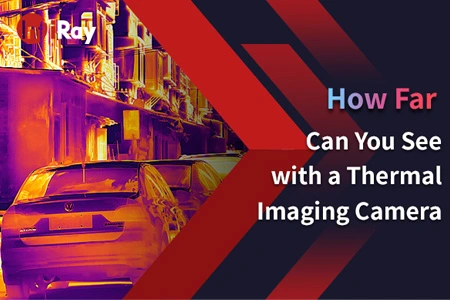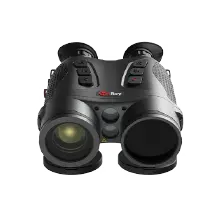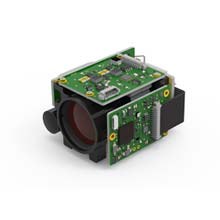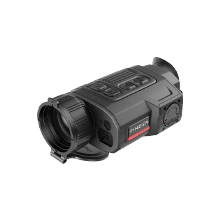Revealed Why Thermal Cameras are Used in Photovoltaic Industry
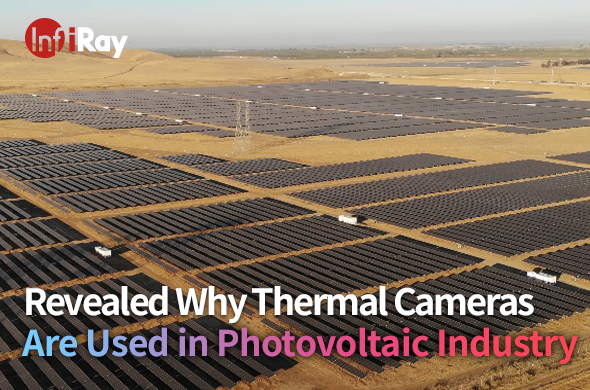
In recent years, with the rapid development of the clean energy industry, the photovoltaic sector, as a crucial component, has an immeasurable future. However, numerous hidden risks in terms of quality and safety have also emerged. An infrared thermal camera provides a more accurate, fast, and reliable solution for the detection of solar panels, contributing to the comprehensive monitoring of the system's status in photovoltaic power plants and the timely identification of faults.
Application of Infrared Thermal cameras in Solar Panel Inspection
InfiRay infrared thermal imagers possess outstanding thermal sensitivity, detecting minute temperature changes on the surface of objects. Moreover, without direct contact, these imagers can perform defect detection on solar panels and components. Engineers can use the infrared thermal images provided by the imager to intuitively and accurately pinpoint specific defect locations, enabling timely improvements to circuit designs to ensure product quality.
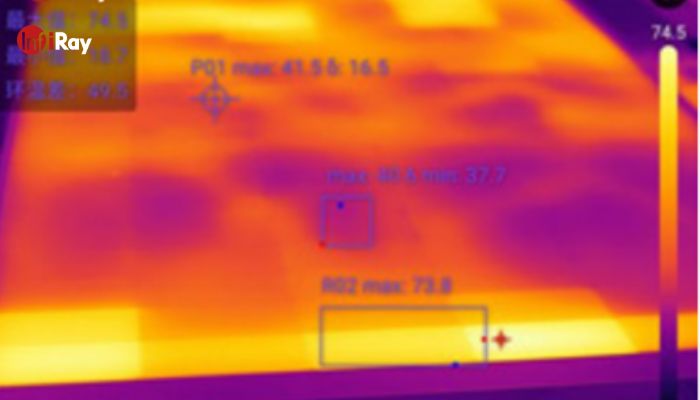
1. Solar Hotspot Detection
During the manufacturing and usage of solar panels, issues such as hidden cracks, fragments, and poor welding may arise. Prolonged obstruction by other objects during usage can lead to severe heating in the covered areas, known as the "hotspot effect." IR thermal imagers can promptly track and detect temperature anomalies in solar cells, ensuring the normal operation of solar panel components.
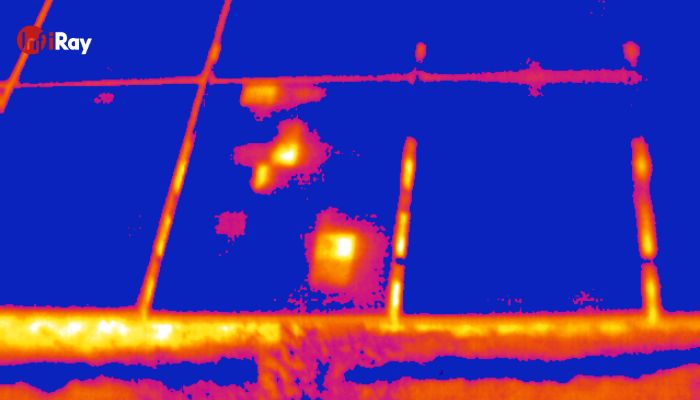
2. Inverter Circuit Board Defect Detection
Electronic circuit faults typically include open circuits, short circuits, poor contacts, etc. Faulty circuit boards exhibit distinct differences in infrared thermal images compared to normal ones. Short circuits lead to elevated component temperatures, appearing as high-temperature zones in thermal images, while open circuits cause temperature decreases, presenting as low-temperature zones. Engineers can visually identify the faults in electronic circuits through the thermal images provided by the infrared thermal imager, aiding in the quick localization of problems.
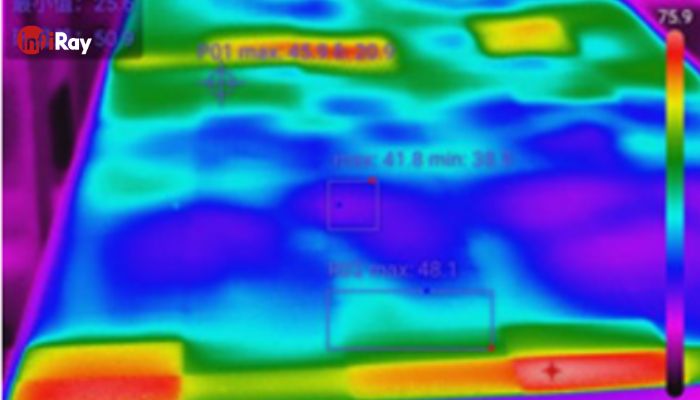
3. Distribution Cabinet Electrical Fault Detection
The greater the current passing through a conductor, the more heat is generated, causing insulation layer temperatures to rise. Real-time monitoring of abnormal heating in electrical cabinets using an infrared thermal imager allows for the intuitive detection and marking of abnormal temperatures, facilitating prompt intervention to prevent accidents. If the temperature threshold is exceeded, the imager issues an alert, supporting subsequent tracing.
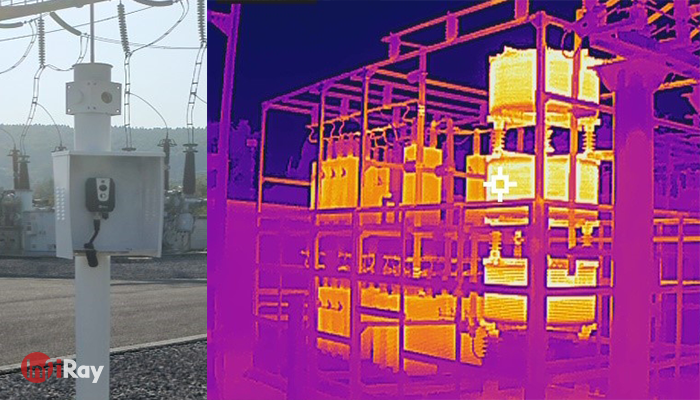
Application Value of Infrared Thermal Camera in Solar Panel Inspection
1. Non-contact Detection: The IR thermal camera allows for non-contact detection of target circuits, ensuring convenient operation without interrupting power, and the non-contact approach does not interfere with the existing temperature field.
2. Dual-light Fusion: The fusion of infrared and visible light aids in fault identification and precise localization.
3. Fast Response: IR thermal imagers have a fast response time, enabling large-area scanning imaging to enhance detection efficiency, ensuring product quality.
4. Secondary Analysis: Images captured by IR thermal imagers support secondary analysis, providing engineers with scientific data to improve circuit design and enhance product quality.
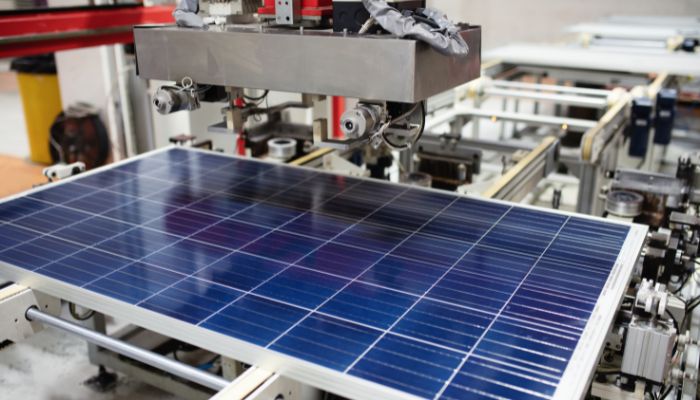
Precautions for Using Infrared Thermal Imagers for Solar Panel Inspection
1. Adjusting Focus
Ensure the imager's focus is appropriate. Reflections from overheated or overly cold surrounding objects can affect the accuracy of target temperature measurements. Adjusting the imager's focus or measurement direction can reduce or eliminate reflective interference.
2. Selecting the Correct Temperature Range
Before capturing images, open the imager's automatic measurement mode to obtain the temperature range of the target area. Manually set the horizontal span to narrow the temperature range for more accurate measurements.
3. Avoiding Direct Sunlight
When using infrared thermal imagers, it is advisable to choose clear and dry weather for monitoring, avoiding direct sunlight and windy conditions.
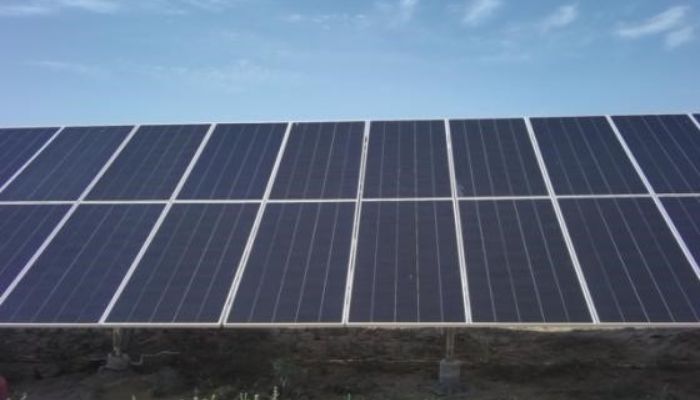
4. Paying Attention to Measurement Angle
Ensure the infrared thermal imager is in a vertical position relative to the object being measured. This helps reduce the adverse effects of light reflections and shadows on the imaging results, improving measurement accuracy.
Infrared thermal camera, a technological marvel, has revolutionized solar panel maintenance. Its precision in detecting defects and quick response time makes it indispensable for ensuring the reliability and efficiency of photovoltaic systems. As we embrace this innovation, we strive towards a future where clean energy not only powers our world but does so with unparalleled efficiency and environmental consciousness.









